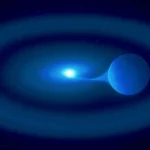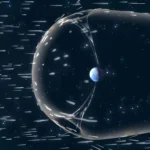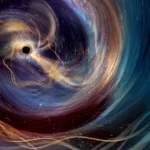After an impressive string of more than 300 successful launches, a SpaceX Falcon 9 rocket suffered a “rare anomaly” Thursday night during a launch of Starlink internet satellites at the Vandenberg Space Force Base in California.
During the Falcon 9 launch, the second-stage engine did not complete its second burn, resulting in a lower-than-intended orbit for the Starlink satellites. SpaceX is attempting to have the satellites raise their orbits using ion thrusters, the company said on X. SpaceX CEO Elon Musk, however, is doubtful mitigation efforts will be successful.
“Unlike a Star Trek episode, this will probably not work, but it’s worth a shot,” Musk said on X in response to the company’s post, adding that, “the satellite thrusters need to raise orbit faster than atmospheric drag pulls them down or they burn up,” Musk added.
During the initial stage of the launch, the Falcon 9 performed well as its two stages separated on time and the first stage landed on a drone ship as planned. However, the second stage, which held the 20 Starlink satellites, resulted in a rapidly unscheduled assembly, or in layman’s terms, the rocket exploded or disintegrated.
According to Space.com, the SpaceX launch webcast showed an unusual buildup of “fluffy white ice” near the engine as it fired in space, a possible indication of a propellant leak.
SpaceX is reviewing the data to understand the cause, but the incident is unlikely to delay any scheduled launches.











